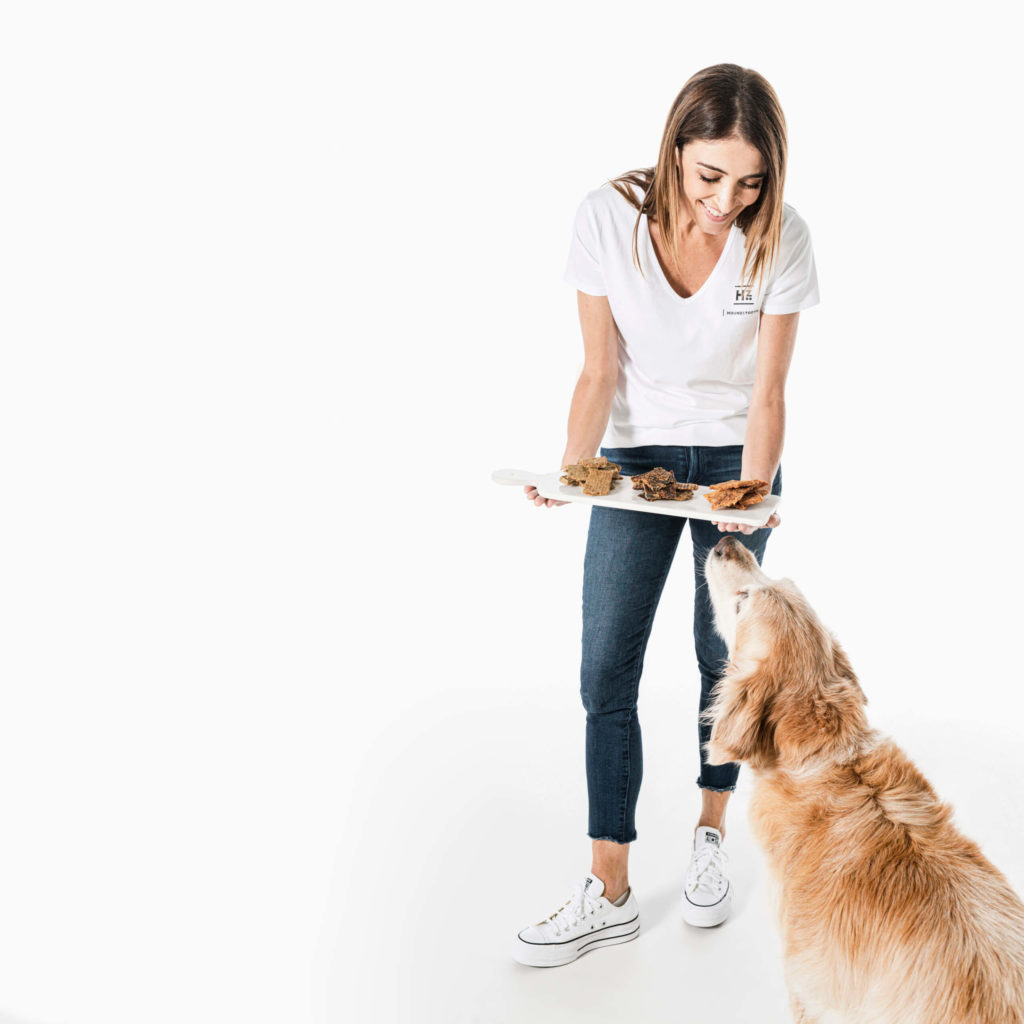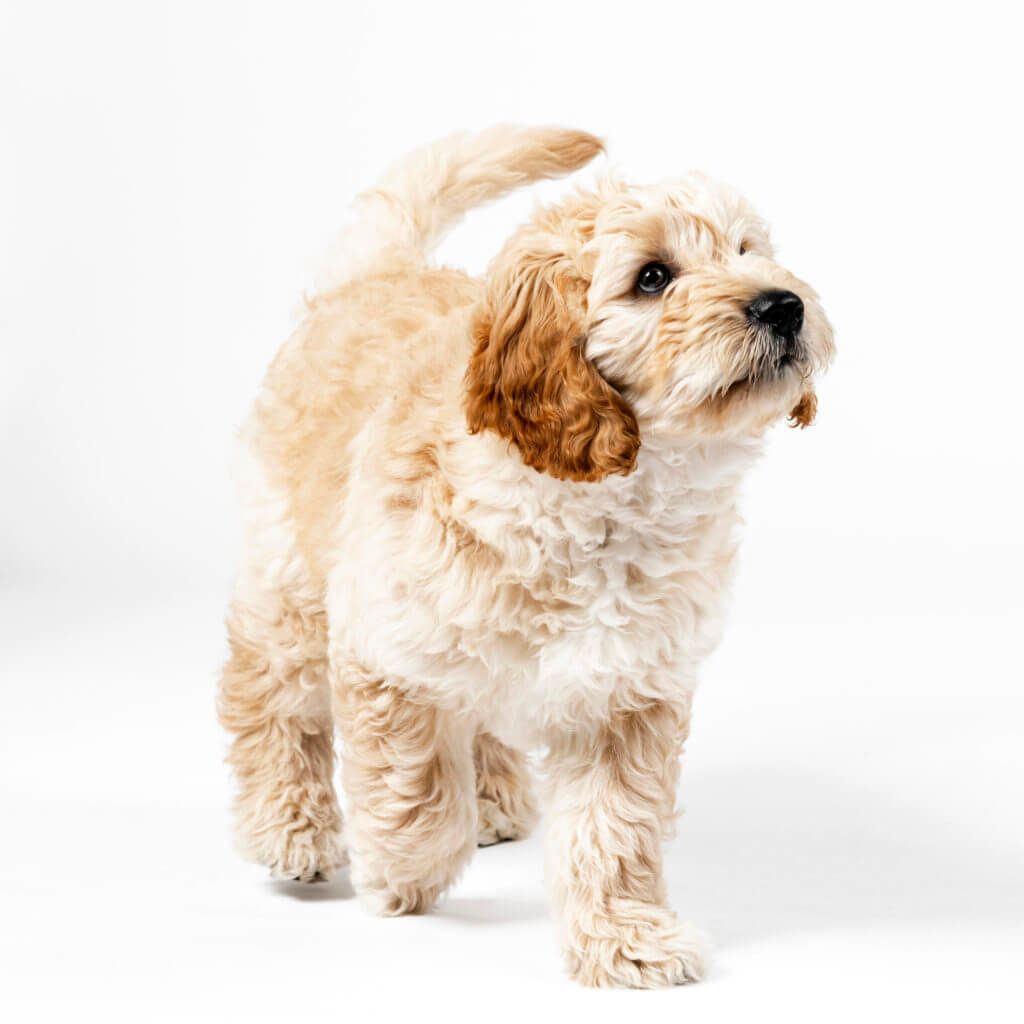Dr Katrina’s Tips for Teaching Your Dog the Recall
How many times have you been to the park and had a dog come bounding up to you and its owner unable to call it back to them? It happens all the time, and this is because their dog has not been taught to have a reliable recall. It can be annoying and also very dangerous.

Teaching your puppy to have a good recall is one of the most important things to teach them. The goal is to raise an adult dog that will happily come to you whenever they are called, whether at home or in the park.
Take your time to teach this correctly, and you will set up good lifelong habits for pleasurable outings with your dog. It takes some effort and consistency, but you can start training the recall as soon as you bring a puppy home!
TEACHING THE RECALL AT HOME
We recommend starting this training at home, in an area with no distractions.
TIP 1:
Always call your puppy by their name, followed by ‘COME’ around mealtime. Reward your pup with their meal for coming to you.
At other times, train your puppy when they are hungry and use “high value” treats for training – these are treats that smell delicious and are irresistible to your pup. Get your puppy’s attention and encourage them to come to you with the treats! Most puppies will happily reach for their favourite toy so that you can use this toy as a reward too!
TIP 2:
Ensure you keep training sessions short – just a few minutes each time to keep their interest! Keep these training sessions exciting for your puppy – move backward and squeak their toys or shake their favourite treats. Say their name and then the word ‘COME’ as you move. Reward them when they do!
TIP 3:

Start at a close distance to your puppy and gradually increase this. We recommend two people in a house taking turns holding the puppy while the other person calls the puppy to come – this can be a fun game where the puppy gets lots of praise and rewards for coming!
TIP 4:
Once your puppy understands the word COME, move to other areas of the house and practise where there are some distractions – for example, the television or other people in the room. Always give lashings of praise, make a fuss, offer treats or let them have their favourite toy each time they come when asked.
TIP 5:

Start to include a hand signal of open arms when you call them to come. Adding a hand signal can be very helpful when you want your dog to come back to you from a distance. Once you are confident that they understand the word ‘Come’, try calling them from rooms of the house when they are unable to see you. Please make sure you reward them when they come!
MOVING THE RECALL OUTSIDE
Once you move outdoors, safety is paramount, so always work in a fenced area. When you move to a park, you can also use a long lead to work on recall training so that you know your puppy is secure at all times!
Remember, you will need to make yourself more exciting to your dog than the other dogs, trees, people, and other distractions in the park, or your dog may understandably be tempted not to come back! Always make sure you keep your Houndztooth Training Treats with you so your puppy knows you have what they want, so they keep coming back. Teaching your dog the recall is one of the most important things to teach them.
